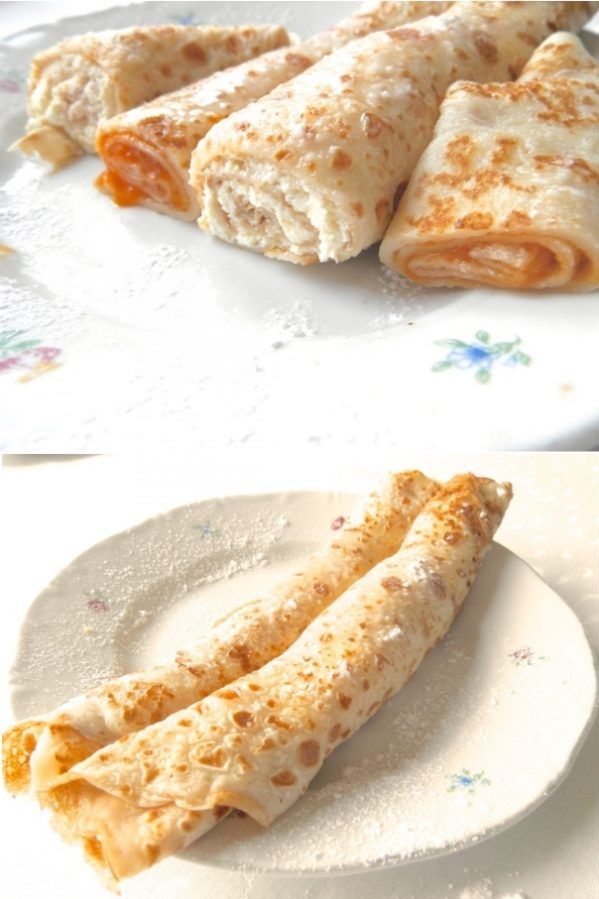
The Delight of Hungarian Pancakes: Palacsinta
When you think of pancakes, you may imagine thick, fluffy stacks drenched in syrup. However, there’s a different world of pancakes that deserves attention—one that is thin, delicate, and infinitely versatile. Palacsinta, the Hungarian pancake, is a beloved dish in Hungary and other parts of Central and Eastern Europe. Whether filled with sweet jam, savory meats, or cheeses, these thin, crepe-like pancakes have a special place in Hungarian cuisine.
In this article, we will dive deep into the history of Palacsinta, the art of making them, and some of the most popular ways they’re enjoyed in Hungarian homes and restaurants.
A Brief History of Palacsinta
The origins of Palacsinta can be traced back to the early culinary traditions of Central and Eastern Europe. The word “palacsinta” is derived from the Hungarian word “palacsinta,” which simply refers to a type of pancake or crepe. Palacsinta is thought to be a descendant of the medieval European crepes, which were introduced by the French and later adapted by various nations in the region.
While crepes are universally loved, Hungary put its own stamp on these thin pancakes, making them a unique and essential dish. Over the centuries, Palacsinta has evolved and become a versatile dish enjoyed for breakfast, lunch, dinner, or as a dessert. For Hungarians, Palacsinta is often considered a comfort food, bringing together families around the table for various celebrations and gatherings.
The Ingredients Behind Palacsinta
Palacsinta is made using a simple set of ingredients that are common in many pancake recipes worldwide, yet the key lies in how these ingredients come together to form a delicate batter. Here are the basic ingredients:
Basic Ingredients:
- Flour: The primary ingredient in the batter. All-purpose flour is commonly used.
- Eggs: Eggs add structure and richness to the batter, giving Palacsinta its signature thin texture.
- Milk: Milk is essential for creating a smooth batter that spreads evenly in the pan.
- Sugar (optional): A small amount of sugar is often added to the batter to enhance the flavor, especially when making sweet Palacsinta.
- Salt: A pinch of salt is added to balance out the sweetness and to help highlight the flavors.
- Butter or Oil: A bit of fat is needed in the batter to prevent sticking when frying and to contribute to the pancake’s slight crispiness on the edges.
The simplicity of these ingredients allows for creativity with fillings and toppings, which is one reason why Palacsinta is so beloved in Hungary.